BRICS Sign Joint Declaration on Artificial Intelligence in Education, Formalize Technical and Vocational Cooperation Alliance
Education ministers commit to promoting the ethical use of AI, strengthening technical and vocational training, and reforming academic assessments and qualifications
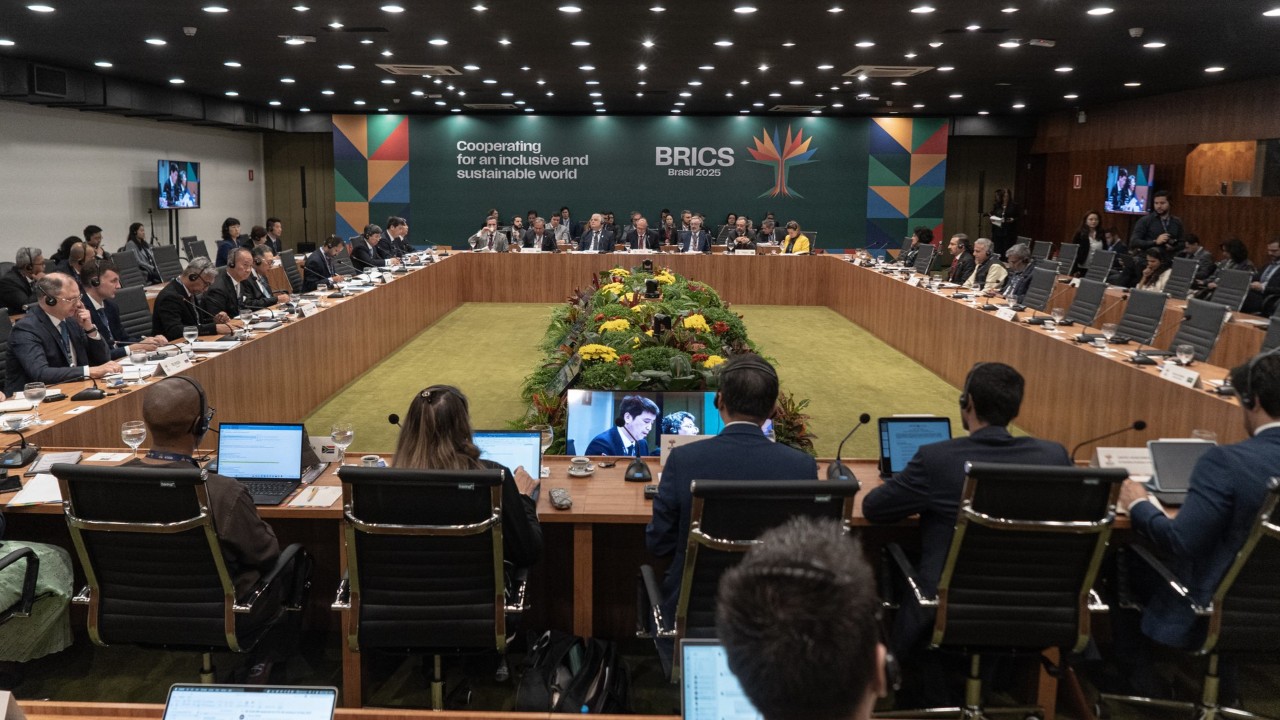
By Maiva D’Auria | BRICS Brasil
The ethical application of artificial intelligence (AI) in basic education and the strengthening of technical and vocational training were two of the main commitments undertaken on Wednesday (June 5) by education ministers from BRICS countries during a joint declaration ceremony at the Itamaraty Palace in Brasilia.
Opening the ministerial meeting, Brasil’s Camilo Santana emphasized that BRICS nations share similar challenges, particularly in addressing inequality and advancing equity.
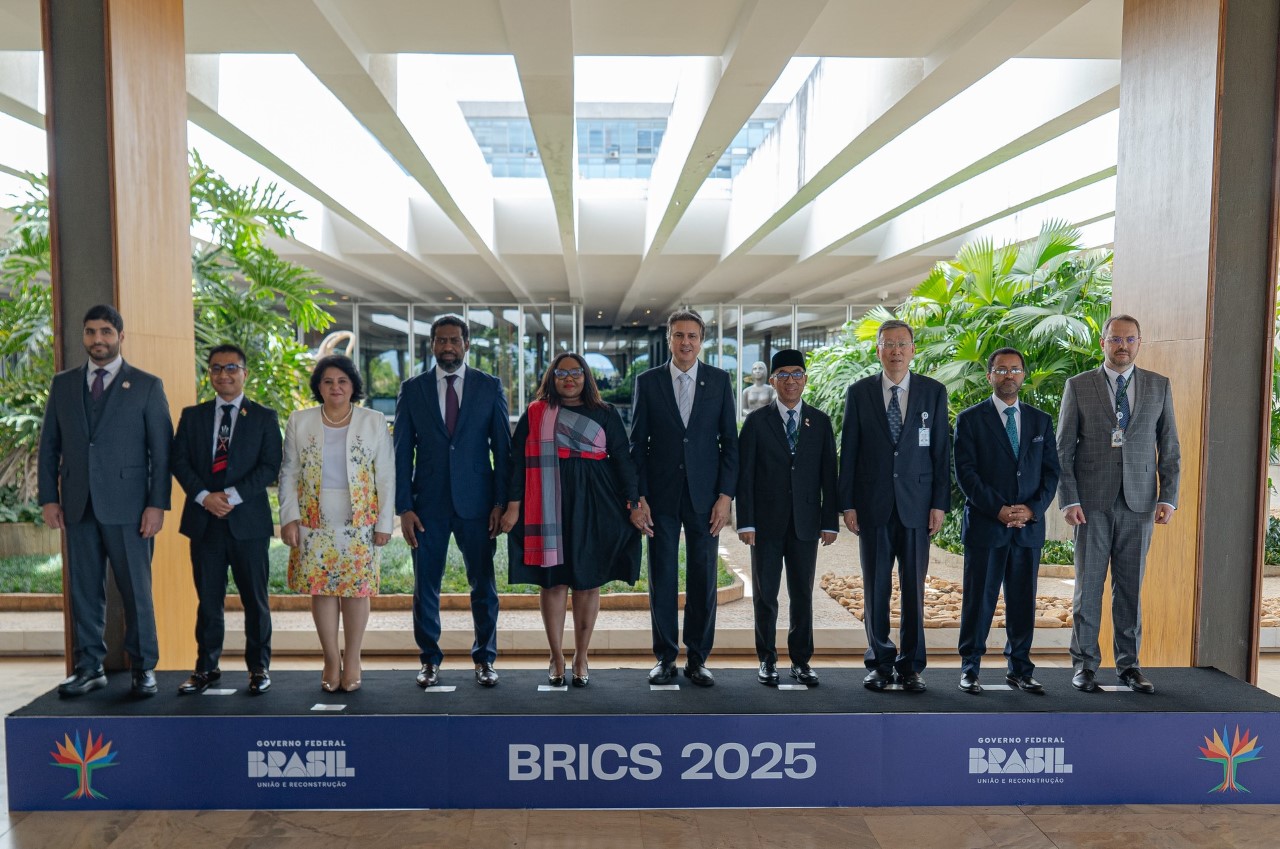
“What unites us in BRICS is our educational policies — we face important challenges ahead. We don’t hide from the world that we haven’t yet reached the goals we aspire to. Another commonality is our countries’ internal diversity. Speaking for Brasil, we are still a nation marked by deep inequalities. Our pursuit of equity is our guiding horizon.”
Artificial intelligence
AI was highlighted as one of the core pillars of Brasil’s BRICS presidency in 2025. Ambassador Mauricio Lyrio, appointed as sherpa by the Brazilian government, explained that the bloc is promoting a discussion on global AI governance, with the aim of building a fair framework that guarantees all countries access to and benefits from the technology. He noted that a special declaration on AI governance is under negotiation and is expected to be adopted by BRICS leaders at the upcoming summit on July 6–7.
According to Lyrio, Brasil has proposed placing development at the center of this debate—broadening the discussion beyond the usual concerns of security and privacy to include sectors like education and health.
“Artificial intelligence is transforming our lives at an extraordinary pace, which is why it was naturally chosen as one of the top priorities of our presidency. Brasil is proposing that development be central to the AI discussion, going beyond issues of security and privacy,” the ambassador said.
Through the declaration, BRICS nations recognized AI’s transformative potential in reshaping education — emphasizing its capacity to improve learning outcomes, personalize instruction, reduce inequalities, and ease administrative burdens. The group also emphasized that AI should be viewed as a tool that complements teachers’ work, helping improve efficiency but never replacing the essential role of educators.
Read the full Joint Declaration of the 12th Meeting of BRICS Education Ministers
The declaration commits member countries to promoting equitable governance frameworks that ensure the responsible, ethical, and inclusive use of AI in basic education. Measures include building data infrastructure and standards to enhance quality education, and developing collaborative mechanisms to strengthen AI literacy among teachers.
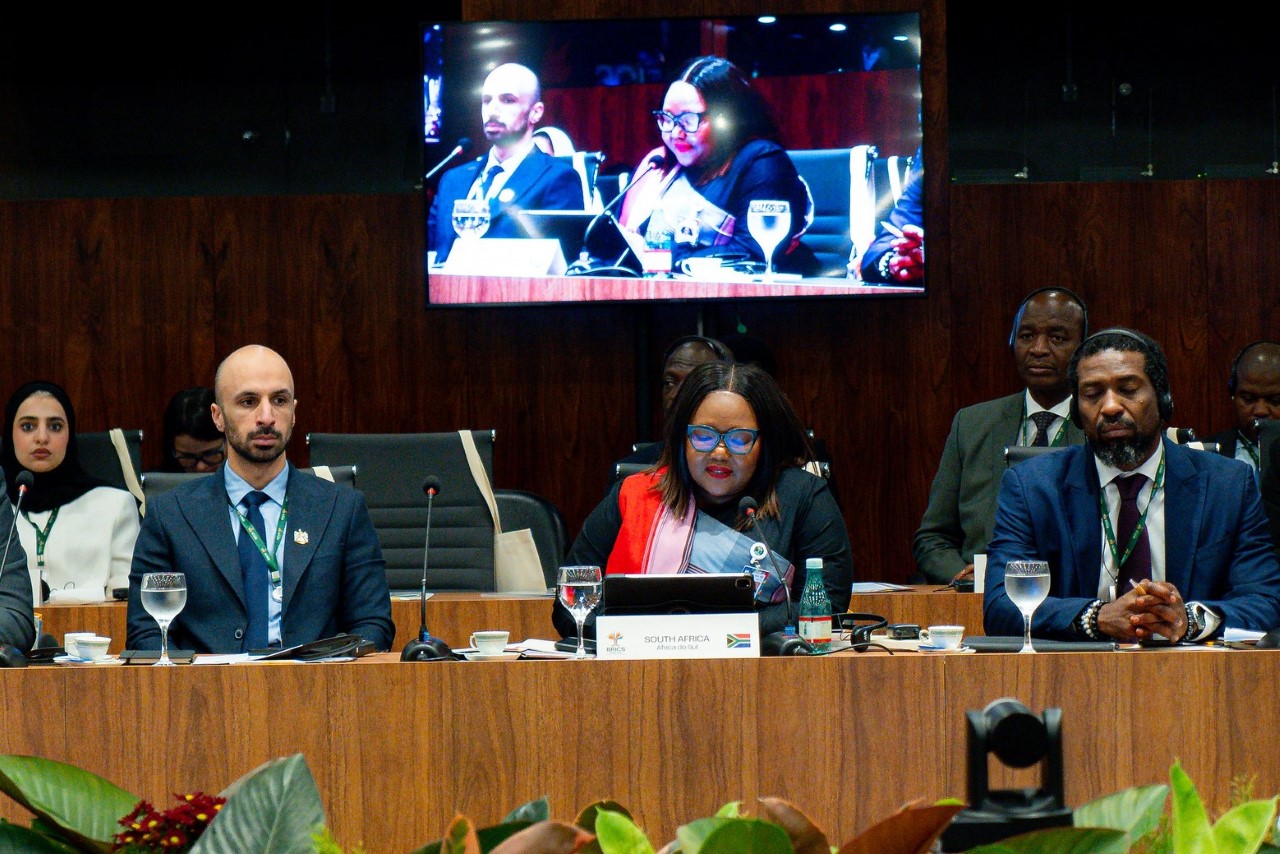
South Africa’s Minister of Basic Education, Siviwe Gwarube, stressed the importance of ensuring that AI serves as a tool for inclusion — not another factor that widens existing disparities.
“I believe artificial intelligence brings great opportunities — and, obviously, risks. But this is one of the topics we want to explore. We can truly use AI to close the gap between those who have more opportunities and those who have fewer. With smart, ethical, and measured use, we can really harness AI to reduce inequality across many countries.”
Academic assessments and qualifications
Another central element of the Joint Declaration concerns higher education assessments and the cross-border recognition of academic qualifications. While each BRICS country already has its own national quality assurance and evaluation mechanisms, ministers pointed to the untapped potential for joint efforts to develop shared principles and updated benchmarks.
In calling for the end of narrow, prestige-based metrics, BRICS countries are advocating for indicators that better reflect each country’s social, cultural, and economic realities. The goal is to promote a culture of assessment that values the real contributions of research, teaching, and civic engagement. The ministers emphasized that evaluations must account for institutional diversity and context, and that new indicators should be capable of adequately measuring the social, economic, and environmental impacts of innovation in higher education for local populations.
Technical and Vocational Cooperation Alliance
Another milestone of the ministerial meeting was the formal establishment of the BRICS Technical and Vocational Education and Training Cooperation Alliance (BRICS-TCA), an initiative launched by China in 2022 and finalized this year.
The alliance seeks to better align educational systems with the specific skills demanded by the labor market. It aims to address structural mismatches by creating a more responsive and effective learning environment that better prepares individuals for professional life.
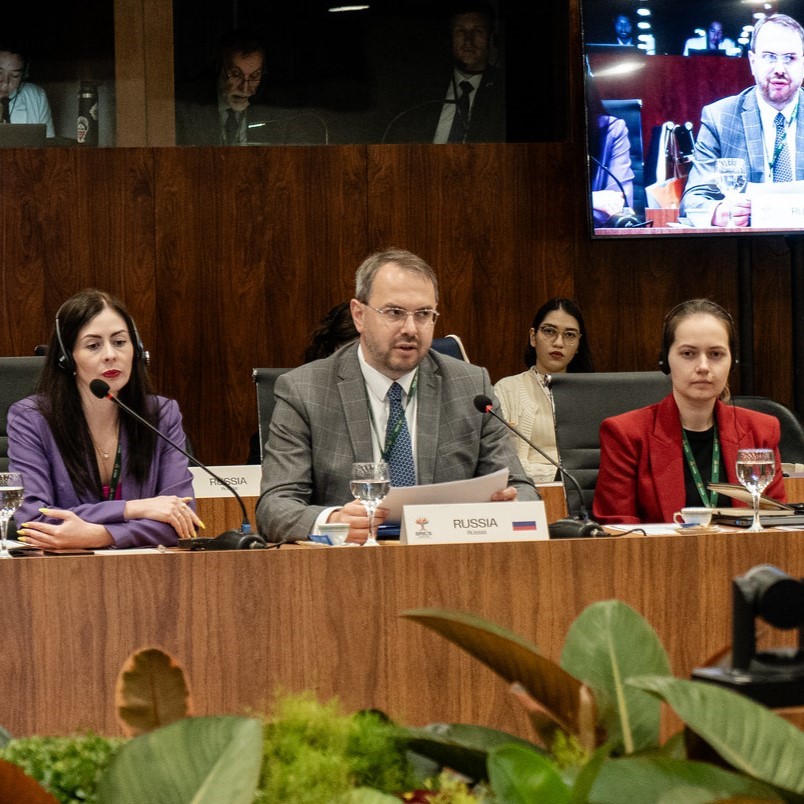
By bridging these skill gaps — where candidates’ qualifications fall short of market needs — the alliance hopes to expand individual opportunity and enhance economic performance among BRICS nations. Addressing these discrepancies is seen as essential to reducing unemployment and stimulating economic growth.
The alliance also aims to strengthen the exchange of information and best practices across member states, fostering mutual benefit and long-term cooperation in the technical and vocational education sector. The agreement further commits to ensuring equitable participation in TVET initiatives, including women, rural communities, people with disabilities, migrants, underrepresented groups, and local populations.
Russian Deputy Minister of Education Konstantin Mogilevskiy spoke to the importance of BRICS cooperation in promoting fairer and more inclusive education.
“The first step — which we’re already taking — is to share learning experiences and understand best practices among countries. That’s fundamental. The second point is to examine the conceptual frameworks of each nation’s education systems to identify what can be improved. And the third — and perhaps most important — is to ensure that all citizens have the right to accurate, high-quality information about education, including the possibility of accessing higher education. Overall, BRICS countries are developed and engaged in this process. There is no single model for guaranteeing educational quality, but we use tools and methods developed and supported by these nations,” Mogilevskiy explained.
Expansion of the BRICS Network University
Also noteworthy was the signing of Indonesia’s accession protocol to the Memorandum of Understanding on the Establishment of the BRICS Network University (BRICS-NU). With this, Indonesia officially joins the academic cooperation network, which seeks to boost student, researcher, and institutional exchange among member countries and expand opportunities for scientific and educational collaboration within the bloc.
Inspiring Practices
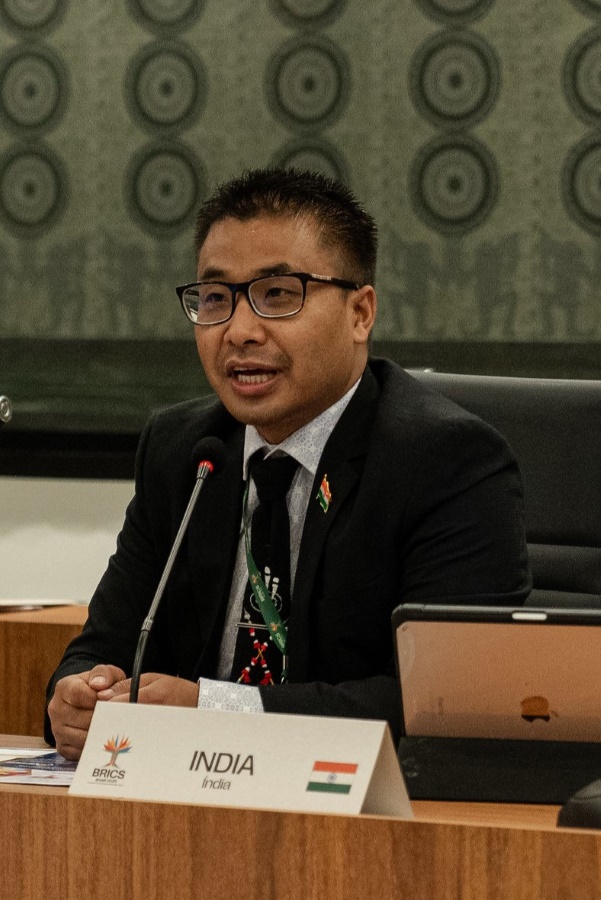
Armstrong Pame, Joint Secretary at India’s Ministry of Education, presented several successful initiatives from his country. Among them: a project for elementary school children who, for 10 days, attend school without backpacks or supplies. During that time, they engage in hands-on learning and visit places in their local communities.
“We ask the children to do what they love — and that builds teamwork and helps us discover their individual talents,” he explained. For students ages 9 to 12, the Indian government offers specialized and vocational training courses focused on fields such as artificial intelligence and computing.
At the higher education level, India has introduced a number of innovative initiatives. One standout is the integration of academic credit boards, allowing professional experience to be converted into credits recognized by universities. In addition, the country successfully launched the SWAYAM platform, which offers free online courses and now has over 50 million enrollments. In January 2025 alone, more than 5 million people registered. The platform allows students to take courses not offered at their home institution, with guaranteed credit recognition. For technical and vocational education, India has also implemented SWAYAM+, which is helping expand training opportunities across the country.
Minister Camilo Santana also shared a recent initiative from the Brazilian government. He pointed to a law signed in January that allows Brazilian states to trade part of their debt interest with the federal government in exchange for committing to enroll more students in full-time secondary schools focused on vocational education. According to the minister, the initiative mirrors the kinds of youth education programs being developed across BRICS countries — and presents an opportunity for Brasil to both learn from and contribute to the bloc’s collective efforts.
“We fully recognize the transformative power of vocational education in advancing socioeconomic development, supporting local production chains, fostering inclusion, and generating decent work,” the minister concluded.
English version by Judas Tadeu de Azevedo Neto (POET/UFC)
Proofreading by Kelvis Santiago do Nascimento (POET/UFC)